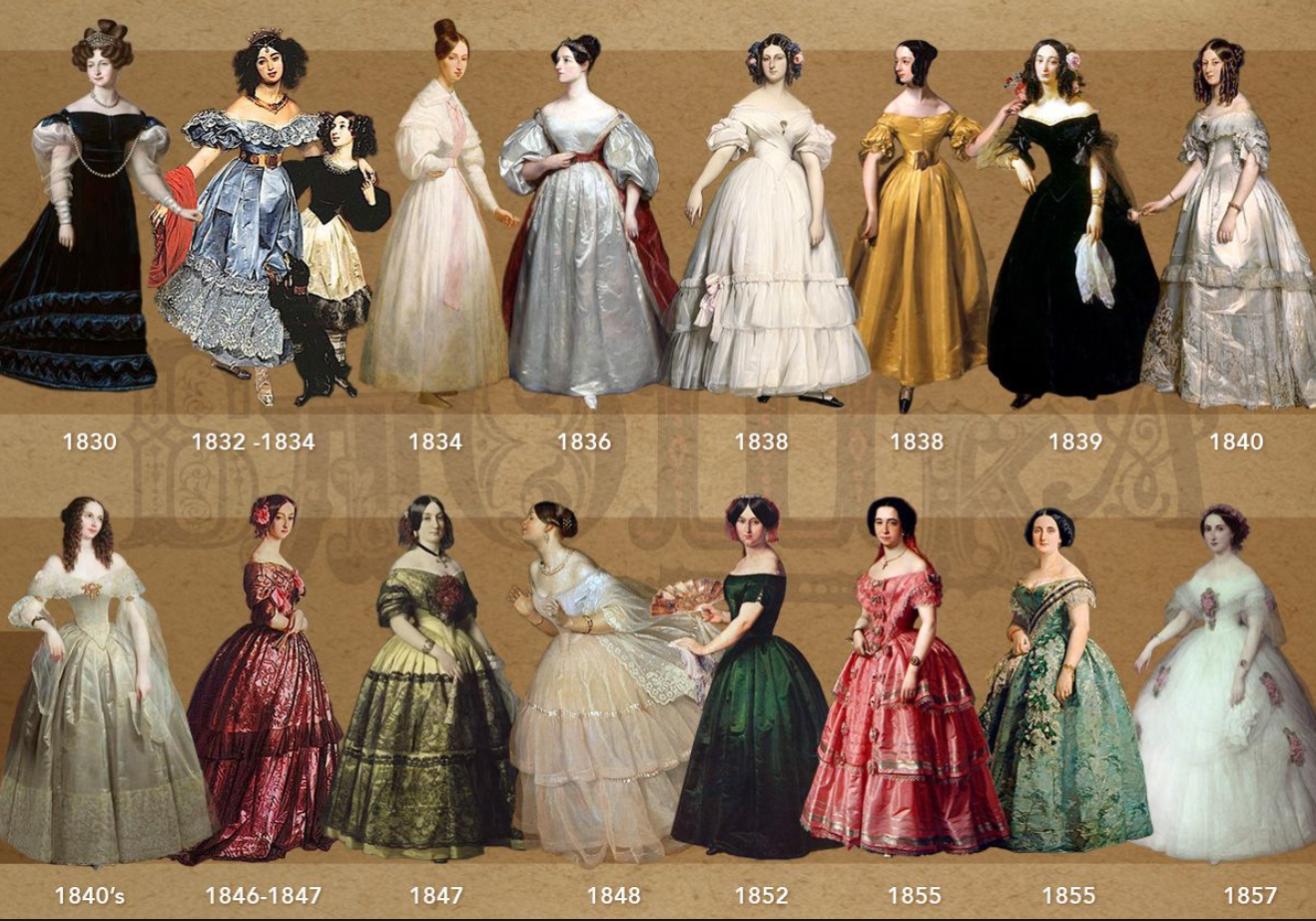Born and raised in Germany in the 1900’s, Jan Tschichold is a typographer, calligrapher, and book designer that fled to Switzerland during the rise of the Nazi party. His emphasis on new typography and sans-serif typefaces was deemed a threat to the cultural heritage of Germany, which traditionally used Blackletter Typography. His work was considered unconventional, ground-breaking, and an obvious enemy of the Nazi regime who denounced him along with the designer of the modernist Futura, Paul Renner, as “cultural Bolshevists.”


Before he was able to flee the country, the Nazis seized much of his work. In an article by Typeroom about Jan Tschichold, it states that Richard Hollis ( author of Graphic Design: A Concise History) in his Guardian Review of Graphic Design in Germany 1890-1945 by Jeremy Aynsley wrote: “After Hitler became chancellor, designers had to register with the culture ministry. Indexes of art books can be found with the note: ‘Jews are identified by an asterisk’ Permission to work was refused on political or racial grounds. All radicals were at risk. At best, their livelihoods were taken away. ‘Protective custody’ was arranged for any who had links with progressive movements”
He continues by saying, “The typographer Jan Tschichold had a visit from the stormtroopers while he was away lecturing. They asked his wife to ‘open’ a Mondrian painting on the wall, mistaking it for the front of a safe. More dangerously, they found incriminating collages by Russian constructivists. Rather than wait for the party thugs, Tschichold surrendered himself to the police. After six weeks a policeman helped him get a passport so that he could leave for Switzerland. In a letter to Tschichold’s publisher, the Gestapo wrote that ‘for the protection of the German people’ all copies of one of his books were to be confiscated. ‘In its general design and in its exclusive use of lower-case letters and the type of illustration, Photo-Eye exhibits a subversive tendency incompatible with the aspirations of the nationalist-socialist state.’”
Tschichold is consider controversial due to his claims that he was one of the most powerful influences on 20th century typography. Though many try to deny his statement, his book about typography that he wrote named “Die Neue Typographie” (which translates to “The New Typography” in English) where he set forth rules for standardization of practices relating to modern type usage. This essay of his became a manifesto of modern design. He condemned all typefaces except for sans-serif (called Grotesk in Germany) types. He also advocated standardized sizes of paper and set forth guidelines for establishing a typographic hierarchy when using type in design. He also favoured non-centered design, and arranged many other Modernist design rules.

Tschichold eventually slowly abandoned his beliefs that he wrote about in “Die Neue Typographie” around 1932 onwards as he moved back towards Classicism in print design. Later 0n in his career, he condemned Modernist design as being authoritarian and inherently fascistic, and condemned his own book as too extreme. However, many still find his rules in his essay to be relevant to this day.
Between 1947 and 1949 Tschichold lived in England, where he spent part of his career with Penguin Books. He developed a standardized practice for creating the covers for all of the books produced by Penguin while he was there called “The Penguin Composition Rules”. He personally oversaw the development of more than 500 books.
Though it is controversial whether he really is such an influential figure when it comes to 20th century typography, his boldness and pride towards his work is unmatched, and his passion for his art that was deemed controversial at a dangerous time period. Although you can have your own opinion about his self-proclaims, one thing is for sure: he is not afraid to fight for his work and what he believes in, and that in itself should be admired.
CITATIONS
Jan Tschichold – German typographer & calligrapher. Shillington Design Blog. (2022, September 11). Retrieved November 24, 2022, from https://blog.shillingtoneducation.com/jan-tschichold-tbt/
TypeRoom. (n.d.). Jan Tschichold: The father of modern typography in his own words. TypeRoom. Retrieved November 24, 2022, from https://www.typeroom.eu/jan-tschichold-the-father-of-modern-typography-in-his-own-words
Wikimedia Foundation. (2022, October 12). Jan Tschichold. Wikipedia. Retrieved November 24, 2022, from https://en.wikipedia.org/wiki/Jan_Tschichold








